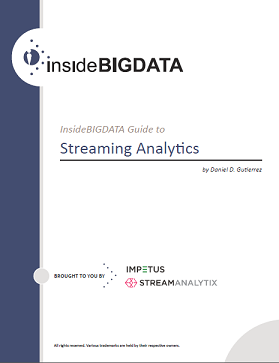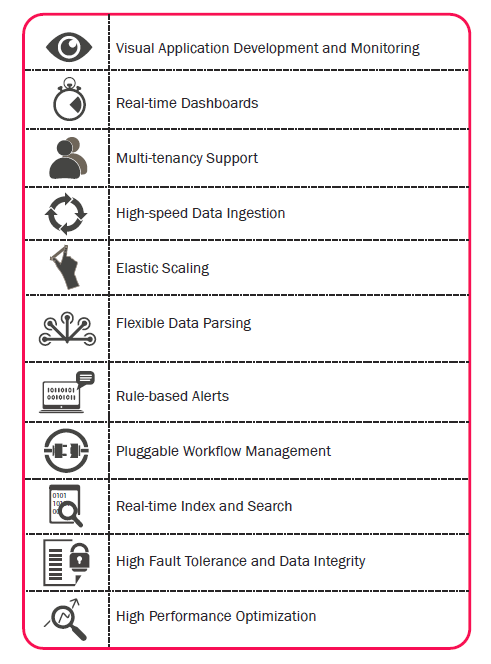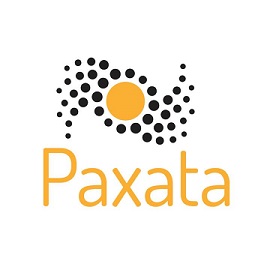Understanding TCO: How to Avoid the Four Common Pitfalls that May Lead to Skyrocketing Bills After Implementing a BI Solution
 In this special guest feature, Ulrik Pedersen, Chief Operations Officer at TARGIT, highlights the constant battle between IT and finance on Total Cost of Ownership (TCO) when it comes to implementing a new BI solution. But, with IT budgets increasingly moving hands from IT departments to specific lines of business that may not be aware of this concept, TCO can quickly become a convoluted quagmire. Ulrik Pedersen joined the TARGIT team as Project Manager in 1999. Since then, he’s taken on the challenge of penetrating the North American market with TARGIT’s Business Intelligence and Analytics solution. Ulrik holds a Master of Science in Economics and Business Administration, B2B Marketing from Aalborg University.
In this special guest feature, Ulrik Pedersen, Chief Operations Officer at TARGIT, highlights the constant battle between IT and finance on Total Cost of Ownership (TCO) when it comes to implementing a new BI solution. But, with IT budgets increasingly moving hands from IT departments to specific lines of business that may not be aware of this concept, TCO can quickly become a convoluted quagmire. Ulrik Pedersen joined the TARGIT team as Project Manager in 1999. Since then, he’s taken on the challenge of penetrating the North American market with TARGIT’s Business Intelligence and Analytics solution. Ulrik holds a Master of Science in Economics and Business Administration, B2B Marketing from Aalborg University.
Just about any savvy IT or business professional today understands the value a business intelligence (BI) solution can bring to an organization. From uncovering new sales opportunities to measuring growth to streamlining processes, BI solutions provide many benefits to the organization. However, those benefits come with a price tag. Often the total cost of a BI solution isn’t necessarily in accordance with the value it brings.
Organizations need to think carefully before investing in a BI solution to ensure they are aware of hidden costs. Total Cost of Ownership (TCO) isn’t as simple as just adding up infrastructure plus people. In reality, software only accounts for a fraction of the total cost of a BI project, and there are many other direct and indirect costs that rise steadily up front and over time. Having a full understanding of the time and resources a BI solution will cost your organization beyond the initial price tag is essential. These are the four most common pitfalls IT and business leaders should avoid to drive the most value from a BI solution.
1 – Poor Data Quality
The first step in implementing a BI project is pulling data into the data warehouse from the various other corporate systems such as the CRM, HR, and finance systems. Unfortunately, this is also one of the most time-consuming and costly steps because the data must first be cleansed and brought up to standard.
Cleansing and updating data is a long, arduous process that typically comes with a high price tag by the consultants that have to do it. It doesn’t take long for those consultancy hours to add up in a significantly expensive way.
2 – The Never Ending Project
Otherwise known as “scope creep,” long-stretch projects plague companies who struggle to select the most important data to bring into a BI project. Unfortunately for many of these companies, it’s impossible to truly know which data sets they want until they see the numbers. By then, a consultant or data scientist has already taken the time—and handed over the bill—for incorporating that data.
This results in a seemingly never ending process of starting and stopping the BI project. Worse, it’s not uncommon to see corporate priorities change before any analytics objectives can be obtained, rendering everything already done up until that point useless. The business world is changing so rapidly that a slow BI implementation can mean no BI at all.
3- License Creep
License creep refers to the uncontrolled growth in software licenses within a company. The ultimate goal of any successful BI implementation is to spread the power of analytics to as many users as possible throughout the company. But with many BI solutions, each additional user comes with a price tag, regardless of their level of BI involvement.
Additionally, rolling out an enterprise-wide BI solution usually necessitates additional servers.
It isn’t fair to say license creep is the result of poor project management. Rather, it is a result of unrealistic planning of license cost related to a successfully adopted BI solution. Imagine TCO as a line chart: license creep is where that line takes a dramatic 45-degree projection up from the initial cost. Over time, that final price tag can be double the estimated price was originally quoted.
4- The Under-Utlization Obstacle
A powerful BI and analytics solution is worthless if users aren’t armed with the know-how they need to take advantage of the various levels of tools. Companies are often won over with the words “self-service” only to discover that quite a bit of technical expertise is needed and when business decision makers need to dig in to further details, they need expensive consultants to help.
As a result, an overall under-utilization of the BI platform ensures the ambition of transformation into a data-driven company will never be realized, nor will ROI. Opportunities are lost on multiple scales, including the very basic objective of eliminating different data-truths that are floating around a company and aligning every decision-maker with the true data they need.
The Bottom Line
Don’t fall victim to these common TCO pitfalls. Enter the buying process informed about what should – and what shouldn’t—lie ahead in a successful business intelligence implementation and strategy. The right partner is incentivized to ensure you enter into a plan that works best for the unique needs of your company and works with you for a fast return on investment and long-lasting, mutually beneficial relationship.
Sign up for the free insideBIGDATA newsletter.
Source: insideBigData









